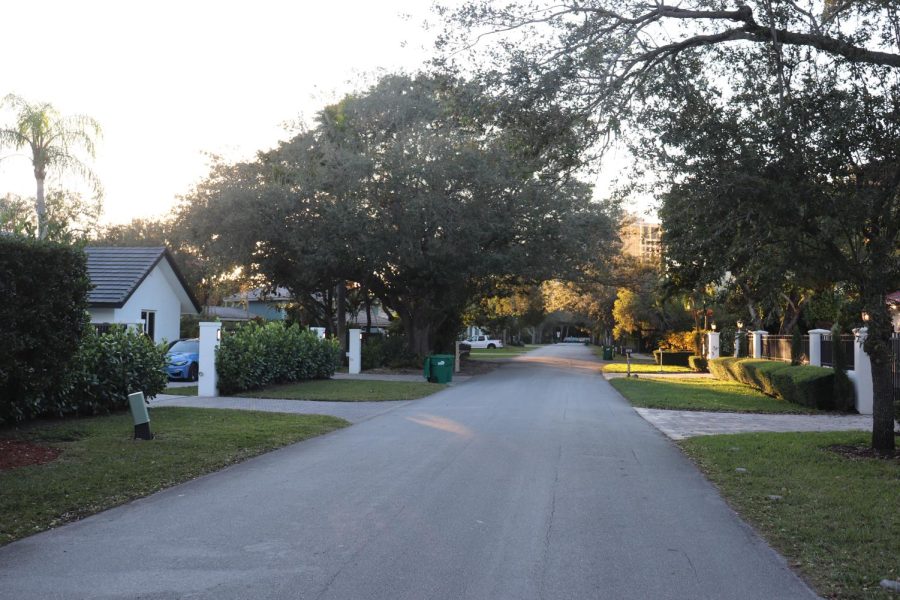Florida’s Cold Weather Comes At A Cost
A chilly evening in Miami near Dadeland Station.
February 7, 2022
As Florida weather dropped to all-time lows of around 40 degrees in the last weeks of January, farmers across the state were forced to take extreme measures in order to save their crops.
Due to South Florida’s typical year-round warm weather, the region is responsible for half of the produce Americans consume. With just one cold morning, nearly millions of dollars worth of those fruits and vegetables could be lost.
To assess the total impact of the cold spell, the Florida Department of Economic Opportunity released a survey on Jan. 4 to collect data and determine what resources businesses needed to recover from the freeze.
Although data collection continues, according to Highlands County Citrus Growers, the frigid air has significantly damaged South Central Florida’s citrus harvest, interrupting new flush and bloom cycles.
In a news release, Florida Gov. Ron DeSantis said that the agriculture business in Florida is an integral part of the state’s economy. He also said the state would do everything to help farmers impacted by freezing temperatures last year.
Since then, the governor has issued an executive order for emergency management, freezing temperatures and harm to agriculture, declaring a state of emergency in 30 of 67 Florida counties: Brevard, Broward, Charlotte, Citrus, Collier, DeSoto, Hardee, Hendry, Hernando, Highlands, Hillsborough, Indian River, Lake, Lee, Manatee, Martin, Miami-Dade, Monroe, Okeechobee, Orange, Osceola, Palm Beach, Pasco, Pinellas, Polk, Sarasota, Seminole, St. Lucie, Sumter and Volusia.
The last time South Florida experienced weather this extreme was more than a decade ago, on Dec. 28, 2010, when it reached 34 degrees at Miami International Airport. Furthermore, the coldest temperature recorded in Miami was on Jan. 22, 1985, when it dipped to 30 degrees and on Jan. 19, 1977, Miami received snow for the first time in history.
Florida’s gust of cold weather came as a result of a major coastal storm off the East Coast that gathered arctic chills from the eastern U.S. and sent them down to South Florida and the surrounding regions. The most extreme chills felt in Florida occurred from Jan. 28-30 as temperatures dropped below 40 degrees, even on sunny days.









